Table of content
Arrowhead, scientifically known as Sagittaria sagittifolia, is a lesser-known aquatic vegetable celebrated for its crisp texture and subtle, nutty flavor. Native to wetlands across Asia, Europe, and North America, this tuber has been a dietary staple for centuries, offering both culinary versatility and nutritional richness. Often overlooked in modern kitchens, arrowhead deserves a place in your recipe repertoire for its ability to transform into dishes ranging from comforting stews to crispy snacks. This guide will explore the history, preparation techniques, and creative cooking methods to help you master the art of cooking arrowhead.
What Is Arrowhead?
Arrowhead, sometimes called “chufa” or “water chestnut” (though botanically distinct), grows beneath the water’s surface in marshy soils. Its tuberous roots resemble small, irregular potatoes with a papery brown skin and starchy white flesh. When cooked, arrowhead retains a pleasant crunch, making it a favorite in stir-fries, soups, and salads. Culturally, it holds significance in East Asian cuisines, particularly in Chinese and Japanese dishes, where it is prized for its medicinal properties and ability to balance richer flavors.
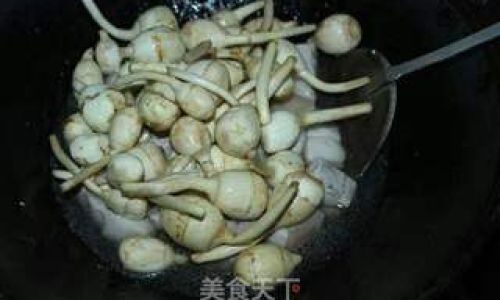
Nutritional Benefits
Beyond its culinary appeal, arrowhead is a nutritional powerhouse. It is rich in dietary fiber, potassium, and vitamin B6, which support digestion, heart health, and metabolic function. Its low calorie and high water content also make it an excellent choice for weight-conscious diets. Traditional medicine practices attribute arrowhead with detoxifying properties, often using it to cleanse the body of impurities.
Selecting and Storing Arrowhead
When purchasing arrowhead, look for firm, unblemished tubers with smooth skin. Avoid specimens that feel soft or show signs of mold. Fresh arrowhead is typically available in autumn and winter, though frozen or pre-peeled options may be found year-round. To store fresh arrowhead, keep it in a cool, dark place or refrigerate it in a perforated bag to prevent moisture buildup. Peeled arrowhead should be submerged in water and refrigerated, changing the water daily to maintain freshness.
Preparation Techniques
Peeling and Cleaning
Arrowhead’s skin is edible but can be tough and fibrous. To peel it:
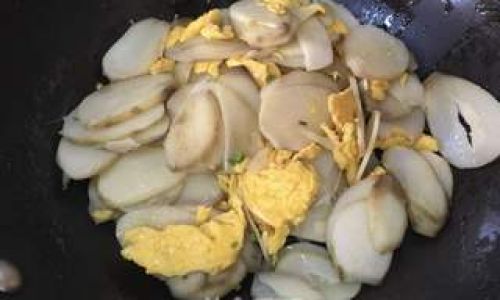
- Rinse the tubers under cold water to remove dirt.
- Use a vegetable peeler or paring knife to gently scrape off the outer layer.
- For stubborn skin, blanch the arrowhead in boiling water for 2–3 minutes, then shock it in ice water to loosen the peel.
Slicing and Shaping
The tuber’s irregular shape can make slicing tricky. Use a sharp knife to cut it into uniform pieces—coins, matchsticks, or cubes—depending on the recipe. Soak sliced arrowhead in water with a splash of vinegar to prevent browning.
Cooking Methods
Boiling and Simmering
Boiling arrowhead softens its texture while preserving its mild sweetness.
- Method: Place peeled and sliced arrowhead in a pot of salted boiling water. Simmer for 15–20 minutes until tender. Drain and serve as a side dish with butter or herbs, or mash it with cream and garlic for a unique twist on mashed potatoes.
Stir-Frying
Stir-frying highlights arrowhead’s crispness, making it ideal for quick, flavorful meals.
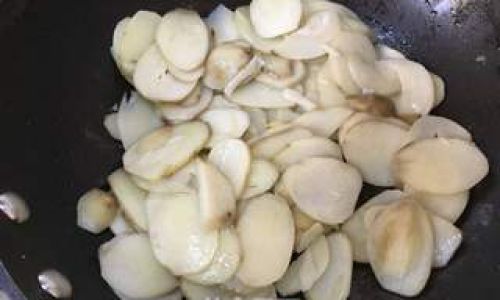
- Recipe: Heat a wok over high heat with oil. Add minced garlic and ginger, then toss in sliced arrowhead, carrots, and bell peppers. Stir-fry for 5–7 minutes, seasoning with soy sauce, sesame oil, and a pinch of sugar. Garnish with sliced scallions.
Braising
Braising transforms arrowhead into a tender, flavorful centerpiece.
- Method: In a Dutch oven, sear pork belly or tofu until golden. Add arrowhead chunks, chicken broth, soy sauce, star anise, and brown sugar. Cover and simmer for 40–50 minutes until the arrowhead is meltingly soft. Serve over steamed rice.
Roasting
Roasting intensifies arrowhead’s natural nuttiness, creating a caramelized exterior.
- Recipe: Toss peeled arrowhead wedges in olive oil, salt, pepper, and rosemary. Spread on a baking sheet and roast at 400°F (200°C) for 25–30 minutes, flipping halfway. Serve as a crispy snack or alongside roasted meats.
Pickling
Pickled arrowhead adds a tangy crunch to salads and charcuterie boards.
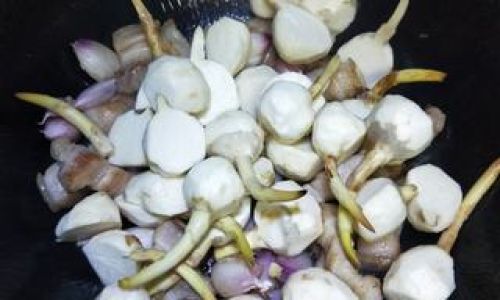
- Method: Slice arrowhead into thin rounds. Pack into jars with sliced chili peppers, garlic, and dill. Cover with a brine of vinegar, water, sugar, and salt. Seal and refrigerate for at least 24 hours before serving.
Recipe Ideas
Arrowhead and Pork Stir-Fry
- Ingredients: 1 lb pork tenderloin (thinly sliced), 2 cups sliced arrowhead, 1 red bell pepper (julienned), 3 garlic cloves (minced), 2 tbsp soy sauce, 1 tbsp oyster sauce, 1 tsp cornstarch.
- Instructions: Marinate pork in soy sauce, oyster sauce, and cornstarch for 15 minutes. Stir-fry pork until cooked, then set aside. Sauté garlic, arrowhead, and bell pepper for 5 minutes. Return pork to the pan, toss, and serve.
Arrowhead and Mushroom Soup
- Ingredients: 4 cups vegetable broth, 1 cup sliced arrowhead, 1 cup shiitake mushrooms, 1 tbsp miso paste, 1 tsp sesame oil.
- Instructions: Simmer broth with arrowhead and mushrooms for 20 minutes. Whisk in miso and sesame oil. Serve hot with chopped cilantro.
Crispy Arrowhead Fries
- Ingredients: 2 cups peeled arrowhead (cut into sticks), 2 tbsp cornstarch, 1 tsp paprika, oil for frying.
- Instructions: Toss arrowhead sticks in cornstarch and paprika. Fry in hot oil until golden and crispy. Drain on paper towels and sprinkle with salt.
Cultural Significance
In Chinese cuisine, arrowhead is called cí gū and symbolizes prosperity due to its resemblance to ancient coins. During Lunar New Year, it is often included in feasts to invite good fortune. In Japan, arrowhead is pickled and served as oshinko, while in Korea, it is used in namul (seasoned vegetable dishes).
Tips for Perfect Arrowhead Dishes
- Balance Texture: Pair arrowhead’s crunch with softer ingredients like tofu or slow-cooked meats.
- Enhance Flavor: Use aromatic ingredients like ginger, garlic, and sesame to complement its mild taste.
- Avoid Overcooking: Overcooked arrowhead becomes mushy; aim for tender-crisp.
Conclusion
Arrowhead is a culinary chameleon, equally at home in hearty stews and light salads. Its adaptability, combined with its nutritional benefits, makes it a valuable addition to any kitchen. Whether you’re experimenting with traditional recipes or inventing new dishes, arrowhead rewards creativity with its delightful texture and subtle charm. So next time you spot this unique vegetable, seize the opportunity to explore its culinary potential—your taste buds will thank you.
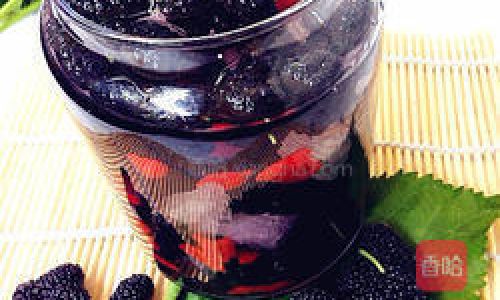



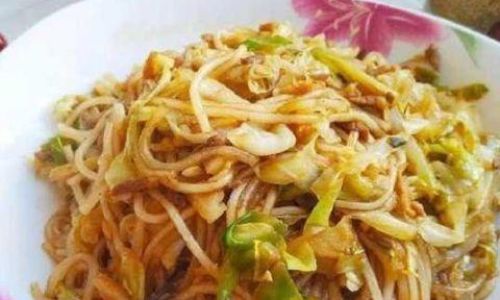
0 comments